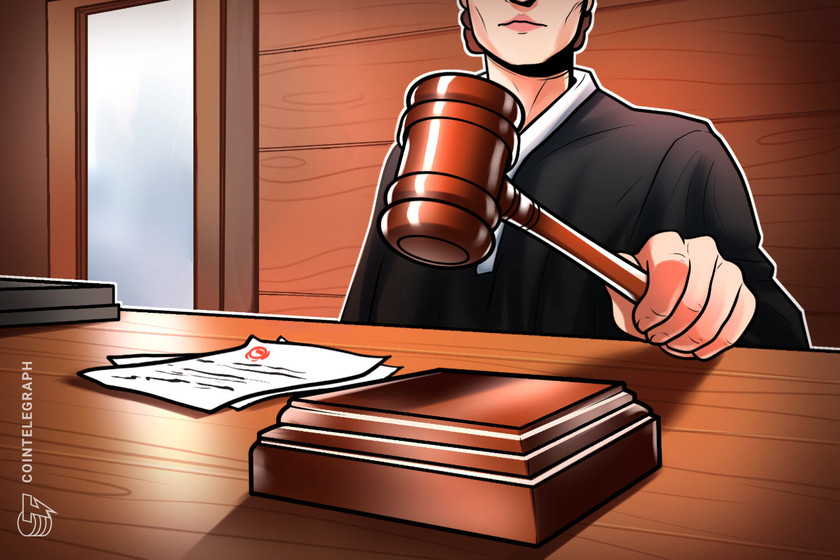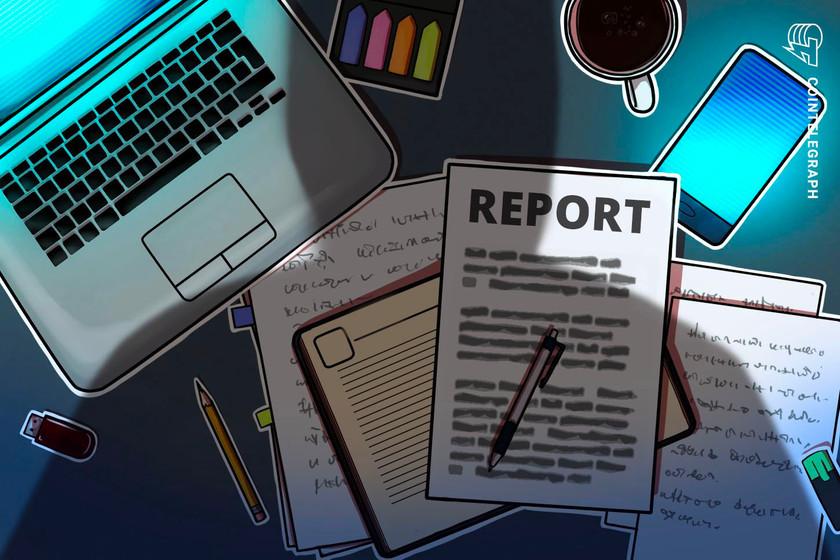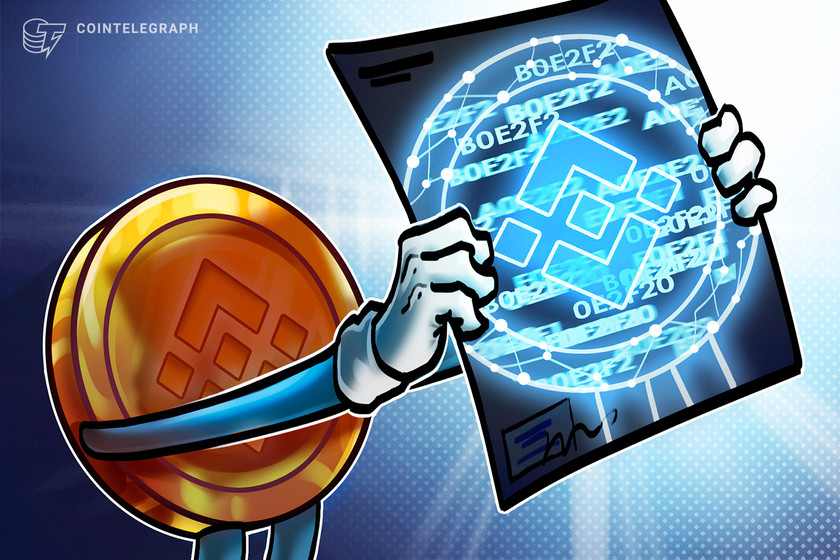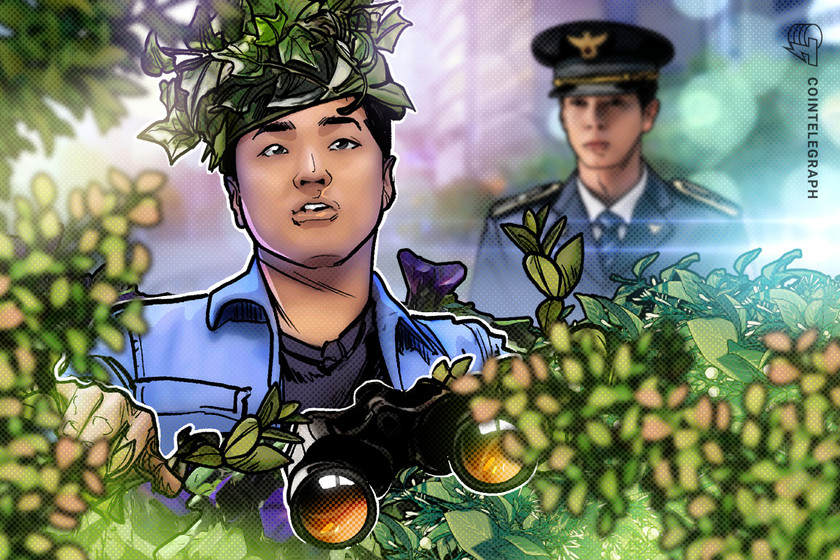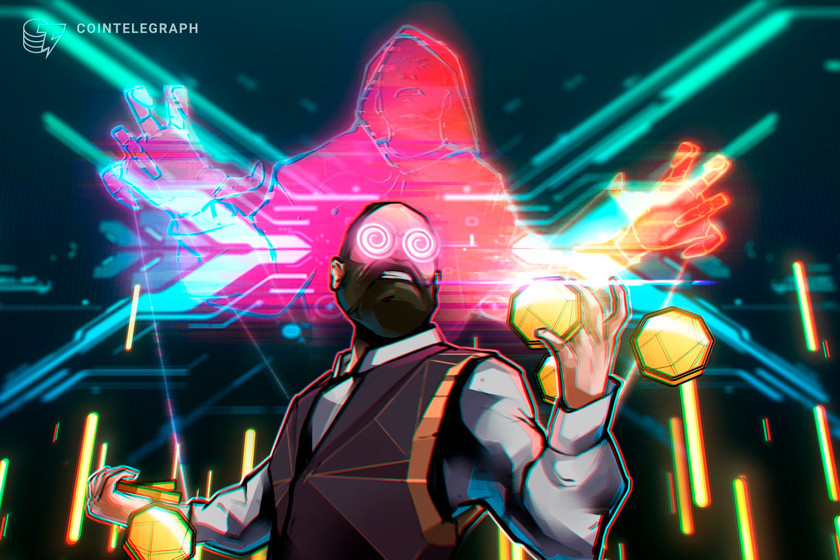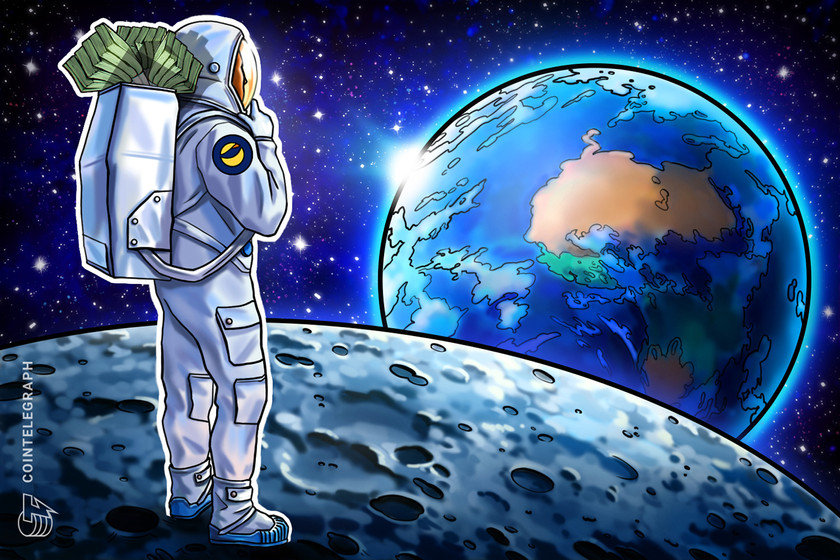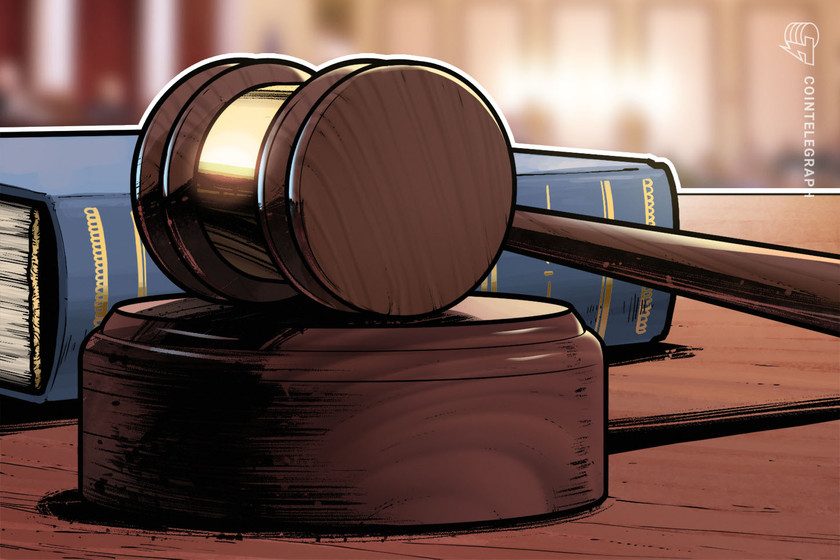Terra co-founder Daniel Shin’s arrest denied by court, citing low flight risk


Shin currently faces multiple fraud charges, specifically concerning allegedly hiding risks associated with investing in the in-house tokens by Terraform Labs.
A local court in South Korea denied the prosecutor’s request to issue an arrest warrant for Terraform Labs co-founder Shin Hyun-Seong, also known as Daniel Shin. This was the second attempt made by South Korean authorities to reign in Shin following the recent arrest of Do Kwon — Terra’s other co-founder.
On March 23, Kwon was arrested at Podgorica airport in Montenegro while attempting to use fake documents to fly abroad. The Seoul Southern District Prosecutors Office took advantage of this situation and, on March 27, requested an arrest warrant for Shin, citing his involvement in cashing in illicit profits from Terra (LUNA) and TerraUSD (UST) sales.
However, the Seoul Southern District Court denied the request while citing unconfirmed allegations and the unlikeliness of Shin being a flight risk or destroying evidence, according to local media Yonhap.
Shin currently faces multiple fraud charges, specifically in relation to allegedly hiding risks associated with investing in the in-house tokens by Terraform Labs.
Related: South Korea to examine crypto staking services following the Kraken case
Following Kwon’s arrest in Montenegro, authorities from both the United States and South Korea have tried to extradite the entrepreneur.
As Cointelegraph reported, Montenegrin Justice Minister Marko Kovač said the U.S. made diplomatic efforts to ask for Kwon to be handed over, while South Korean officials have requested extradition.
Magazine: US enforcement agencies are turning up the heat on crypto-related crime
“In the case when we receive several extradition requests, I would like to say that determining to which state they will be extradited is based on several factors like the severity of the committed criminal offense, the location and time when the criminal offense has been committed, the order in which we have received the request for extradition and several other factors,” said Kovač through an interpreter.

